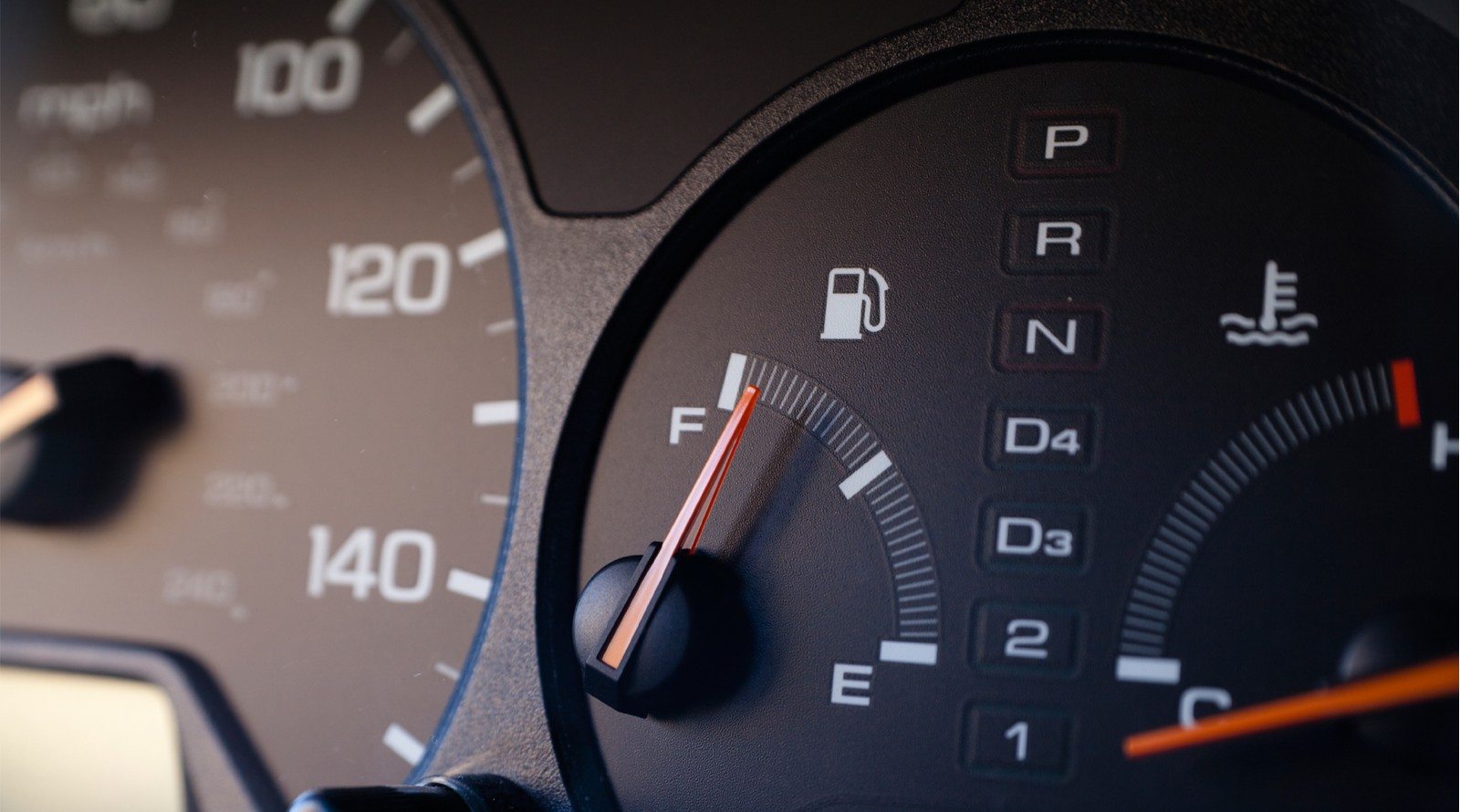As concerns about emissions continue to rise alongside oil prices, fuel efficiency has become an increasingly important measure of modern automobile quality. Though electric vehicles are setting the current standard when it comes to eco-friendly transportation, they’re still not an accessible option for the majority of Canadian motorists. Fortunately, there are a number of ways to refine your driving in order to optimize fuel efficiency and save money on gas. Here are seven simple strategies for saving fuel safely the next time you hit the road.
DO YOUR MAINTENANCE
Checking your tire pressure monthly is essential, as having just one tire under-inflated by eight PSI can increase your fuel consumption by four percent, not to mention reduce the tire’s life by 15,000 kilometres. And change your oil regularly—dirty oil makes your engine work harder.
LIGHTEN YOUR LOAD
Remove what isn’t essential. For every 45 to 50 kilograms of extra weight, you’re using between one and four percent more fuel.
CONSERVE MOMENTUM
The less time you spend with the accelerator pressed down, the less fuel you’re converting into forward momentum. Coast whenever possible, using existing momentum to slow down, instead of accelerating then braking. Practice the pulse-and- coast method on side streets with stop signs, accelerating quickly, then coasting the rest of the way.
MORE TO READ
Auto Expert: What you need to know about motor oil
LEAVE A BUFFER
Driving too close to the vehicle ahead of you means you’re engaged in a fuel-wasting game of Simon Says: they brake, you brake; they accelerate, you accelerate. Maintaining a three-second buffer enables you to drive at a more consistent speed, which consumes less gas.
ANTICIPATE TRAFFIC FLOW
Always look 12 to 20 seconds, or 1.5 city blocks, ahead of you, so that you can be proactive. When you see a “stale” green light—one that’s been sitting at that colour for a while – you’ll know to ease off the gas. By anticipating a stale red and approaching slowly, you may not have to brake at all. Plan your route ahead of time, choosing major arteries or alternative routes to avoid traffic during peak hours.
MORE TO READ
Summer driving tips: Keeping your eye on who’s on the road
DRIVE AT A LOW RPM
Driving at a high RPM uses more fuel. So if you drive a standard, shift to a higher gear as soon as possible when accelerating. If you drive an automatic, make use of your vehicle’s RPM-lowering overdrive gear and cruise control settings for highway travel.
CUT BACK ON IDLING
Ten seconds of idling uses up more fuel than it takes to start your vehicle again. If you’re stopped outside of traffic for more than 60 seconds, turn your vehicle off.
